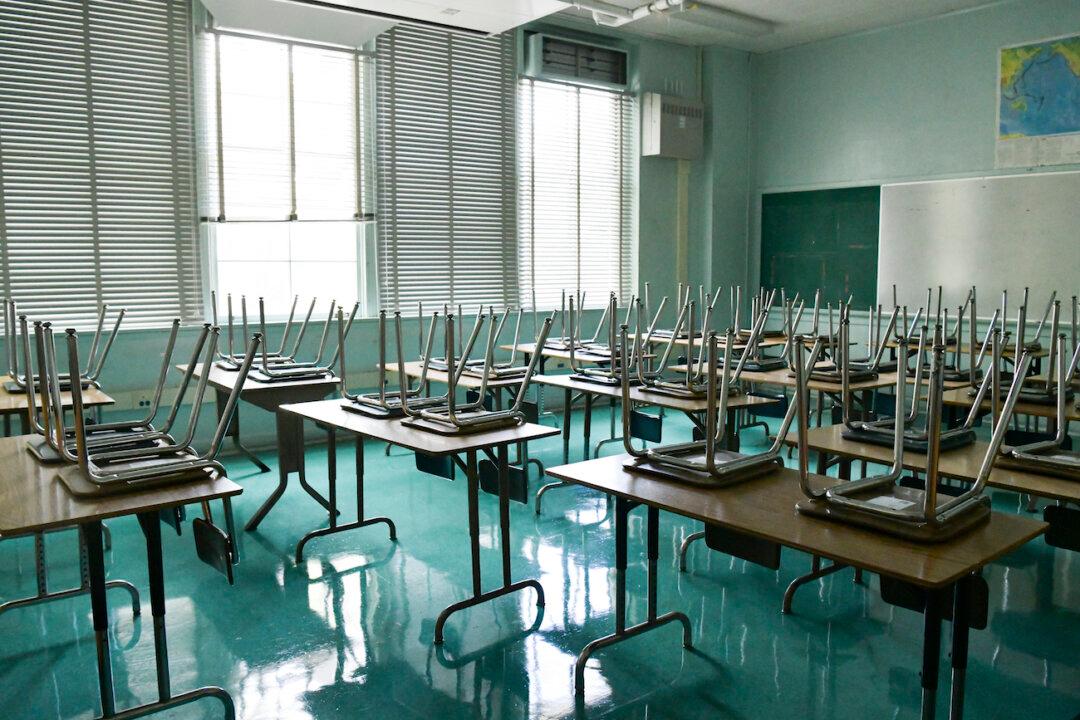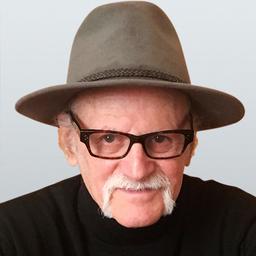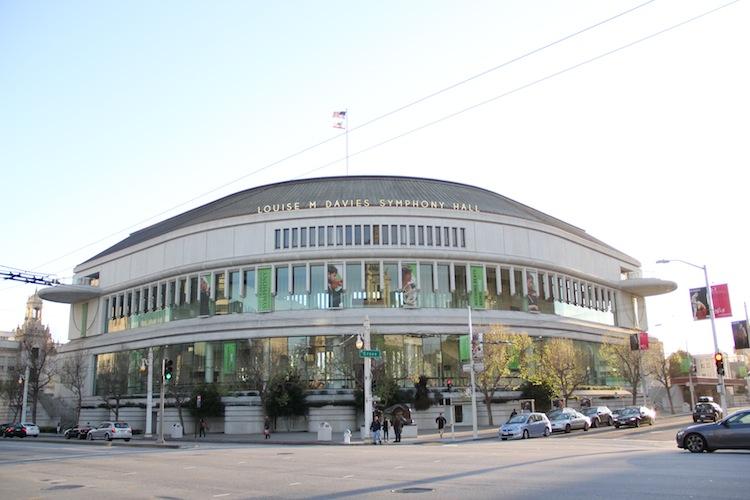Commentary
In February this year, the newsletter The Peanut Gallery stated: “In March of 2022, Yana, a 13-year-old Ukrainian girl, and her mother fled to escape Russia’s invasion and went to San Francisco, where Yana’s aunt lived. This January [2023], Yana began attending eighth-grade classes at Marina Middle School despite speaking little English. While she’d seen idealized versions of U.S. schools in movies, she wasn’t prepared for what she would experience in real life.





